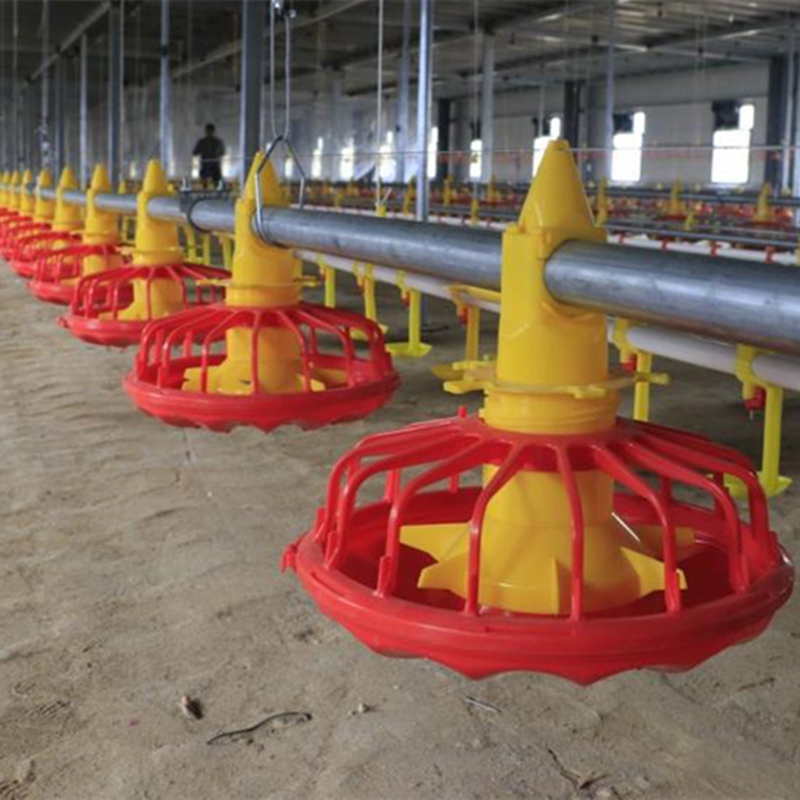poultry transport cage
Sep . 22, 2024 07:44 Back to list
poultry transport cage
The Importance of Poultry Transport Cages
In the poultry industry, the transportation of live birds is a critical aspect that demands careful consideration. Poultry transport cages play an essential role in ensuring the safety, comfort, and welfare of chickens, ducks, and other birds during their journey from farms to processing facilities, markets, or end consumers. Understanding the significance of these cages is vital for several reasons.
Firstly, poultry transport cages are designed to provide a safe environment to minimize stress for the birds. Chickens and other poultry are creatures of habit; sudden changes in their environment can lead to panic and injuries. Cages must be constructed with proper ventilation to allow for airflow while preventing overcrowding, which can exacerbate stress. Well-designed transport cages help reduce noise and movement during transit, thus promoting a calmer atmosphere.
Moreover, these cages ensure the physical safety of the birds. Poultry can easily be injured during transport due to jostling, sudden stops, or accidents. Transport cages are engineered to be sturdy and secure, protecting the birds from harmful impacts. Many modern cages come equipped with features such as reinforced sides and secure locking mechanisms to further enhance the safety of the birds within.
Another critical aspect is animal welfare. The humane treatment of poultry during transport is not only an ethical concern but also a regulatory requirement in many regions. Transport cages must comply with guidelines established by animal welfare organizations and government regulations. They are designed to accommodate the natural behaviors of birds, such as sitting, standing, and even lying down, which is crucial for minimizing stress and discomfort.
poultry transport cage

Additionally, the design of poultry transport cages can impact the overall efficiency of the supply chain. Cages that are stackable and lightweight facilitate better use of space within transport vehicles, whether they be trucks or ships. This efficiency not only reduces fuel consumption but also lowers transportation costs, which can ultimately benefit consumers through lower prices. Improved cage designs can also streamline the loading and unloading processes, saving valuable time and reducing the labor required.
Furthermore, sustainability is becoming an increasingly important consideration in the poultry industry. Modern transport cages are often built with eco-friendly materials and designed to be reusable, minimizing waste and environmental impact. Utilizing durable cages can reduce the need for single-use products, contributing to a more sustainable poultry supply chain.
In conclusion, poultry transport cages serve a multifaceted purpose that goes beyond mere containment. They are vital for ensuring the safety, comfort, and welfare of the birds during transport. By adhering to regulations and employing innovative designs, the poultry industry can optimize the transportation process, enhance animal welfare, and promote sustainability. As the demand for poultry products continues to grow, the significance of efficient and humane transport solutions will only increase, making investment in quality transport cages a win-win for farmers, consumers, and the animals themselves.
Ultimately, recognizing the importance of these cages is crucial for anyone involved in the poultry supply chain, emphasizing the need for ongoing innovation and improvement in transport practices.
-
Automatic Feeding Line System-Pan Feeder Nipple Drinker|Anping County Yize Metal Products Co., Ltd.
NewsJul.29,2025
-
Hot Sale 24 & 18 Door Rabbit Cages - Premium Breeding Solutions
NewsJul.25,2025
-
Automatic Feeding Line System Pan Feeder Nipple Drinker - Anping County Yize Metal Products Co., Ltd.
NewsJul.21,2025
-
Automatic Feeding Line System Pan Feeder Nipple Drinker - Anping County Yize Metal Products Co., Ltd.
NewsJul.21,2025
-
Automatic Feeding Line System - Anping Yize | Precision & Nipple
NewsJul.21,2025
-
Automatic Feeding Line System - Anping Yize | Precision & Nipple
NewsJul.21,2025






